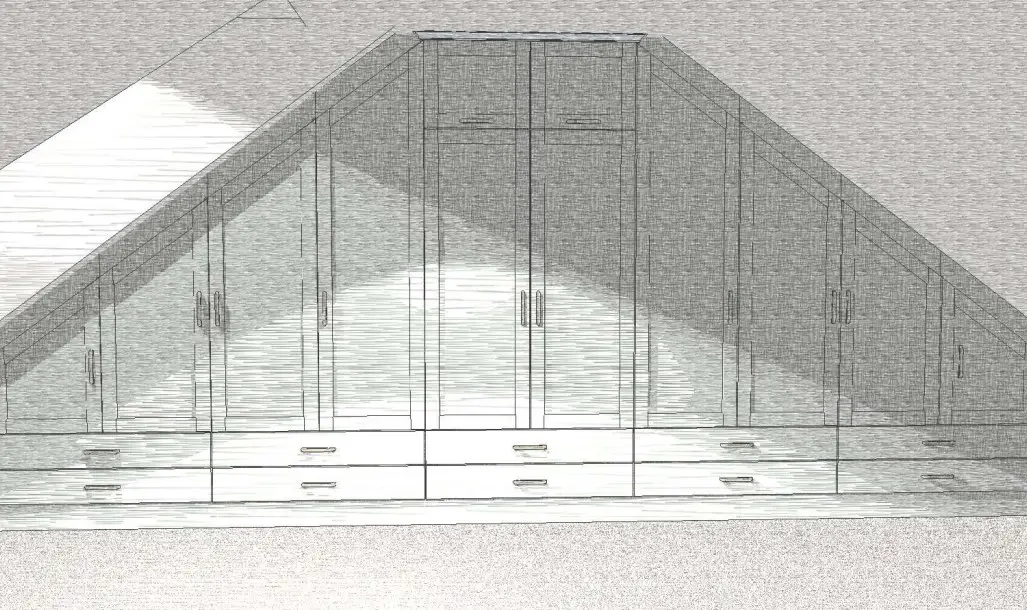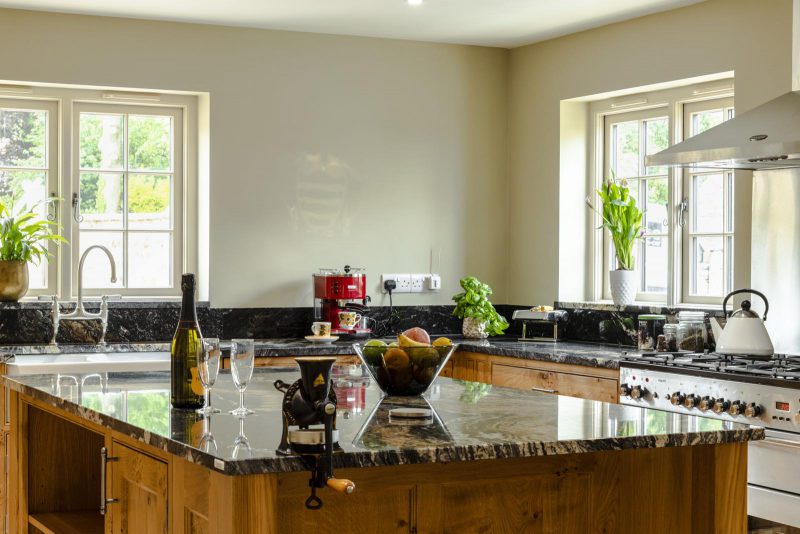Bespoke furniture design doesn’t create a standard, one size fits all solution. It’s about creating a customized piece of usable art that fits a client’s needs, their home, and their budget. Custom furniture design is also a lesson in experimentation and refinement. Initial sketches are tweaked, and iterated to ensure that the result is the perfect fit for both function and design. Scawton Kitchens prides itself on being able to reimagine spaces with custom pieces that are inspired by your personal requirements and implemented by our skilled craftsmen.
Pairing Inspiration + Functionality
While it’s easy to get lost in the thousands of inspirational images out there, furniture needs to start by addressing its intended functionality. We’ll ask you how you’ll use the piece and what kind of storage you need so that you aren’t left stuffing drawers full or jamming pieces into tight corners. Furniture design needs to prioritize practicality, with the aesthetic being implemented afterward.
Of course, finishes, materials, and colours are all integral components of custom furniture design. Get inspired by the furniture that you see around you, taking note of what you like about it. Is it the colour? The shape? The lines?
Seek more inspiration from Pinterest, Google images, and even TV shows. Be open to a variety of styles that you might not have considered initially. Talk to your craftsman along the way to make note of any elements you want to integrate. They will also be a great resource for giving you guidance on appropriate finishes or materials.
From Furniture Design Concept to Creation
Once an idea has been born, it will go through the transformative process of being sketched. This captures the essence of the design early on, which can be used as a baseline for any changes going forward.
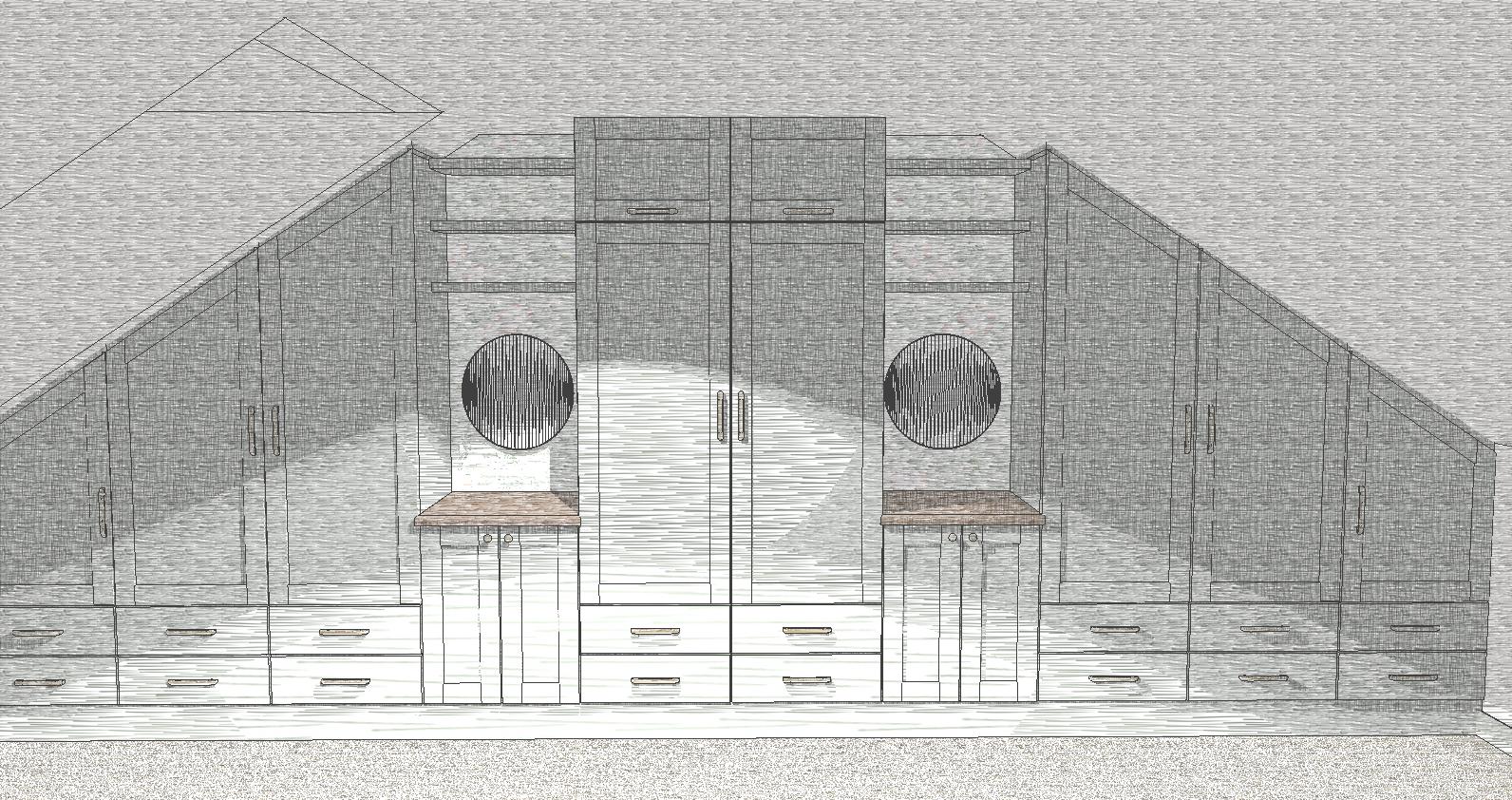
This initial sketch is from a project that needed wall-to-wall storage in a loft with tricky angles and varying heights. While we kept shaker-style cabinets, the design evolved over time. We ended up changing the drawer sizes and removed mirrors and countertop space.
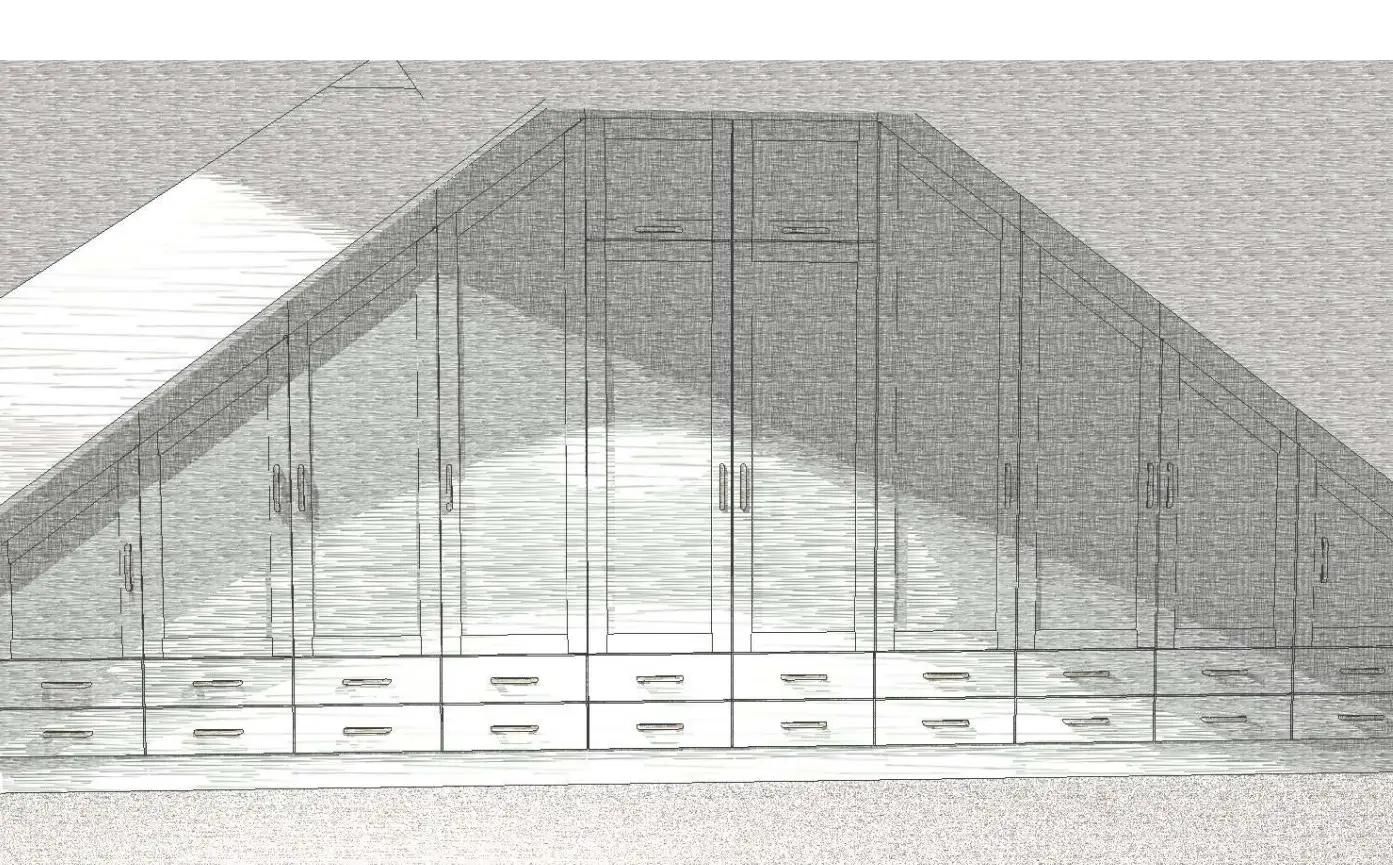
The sketching period acts as a brainstorming process for the craftsman and client. They can both bring forward ideas, suggest changes, and see how updated designs reflect the overall vision. It’s an essential component of an iterative design process that values the flexibility that is required for creating custom furniture.
Bringing Ideas to Life with Digital Prototyping
Once sketches are finalized, the pieces can be recreated into detailed 3D models using CAD software. Digital prototyping lets designers create detailed models that showcase the proposed final product in the client’s home.
Digital prototyping streamlines the design process. Changes can be made quickly and saves on wasteful changes in materials if a design is changed on-site. It also allows for greater freedom with design possibilities. Textures, finishes, and configurations can all be changed with the click of a mouse.

This model shows how the dressing room design continued to evolve during the rendering stage. Drawer styles were changed and were adapted to only one row at the bottom. The number of cabinets also changed so the doors were wider and interior spaces bigger.
Craftsman Level Quality
Custom furniture pieces demand a level of craftsmanship that can’t be found in big box stores. Traditional woodworking techniques have continued to evolve while still prioritizing quality and attention to detail.
Bespoke furniture design requires meticulous attention to detail. From hand-carved embellishments to precise joinery, each element is crafted with an unparalleled level of care and precision. The benefits of the painstaking creation process are showcased in the aesthetic design as well as the piece’s durability.
Traditional woodworking and tailor-made furniture stand out in a market that is inundated with mass-produced pieces. The work cannot be replicated by machinery, and as a result, the client receives timeless pieces.
Trust the Process
Successful furniture design requires feedback and evaluation through the design process from both the designer and the client. Suggested changes should be practical, applicable, and specific. Clients should feel comfortable expressing uncertainty while designers may need to dig deeper to provide the best custom solutions.
While design changes can feel frustrating, they are well worth the time. It is worth every second and any money spent, as redoing work once it has started (or worse, after the job is complete) will be more costly.
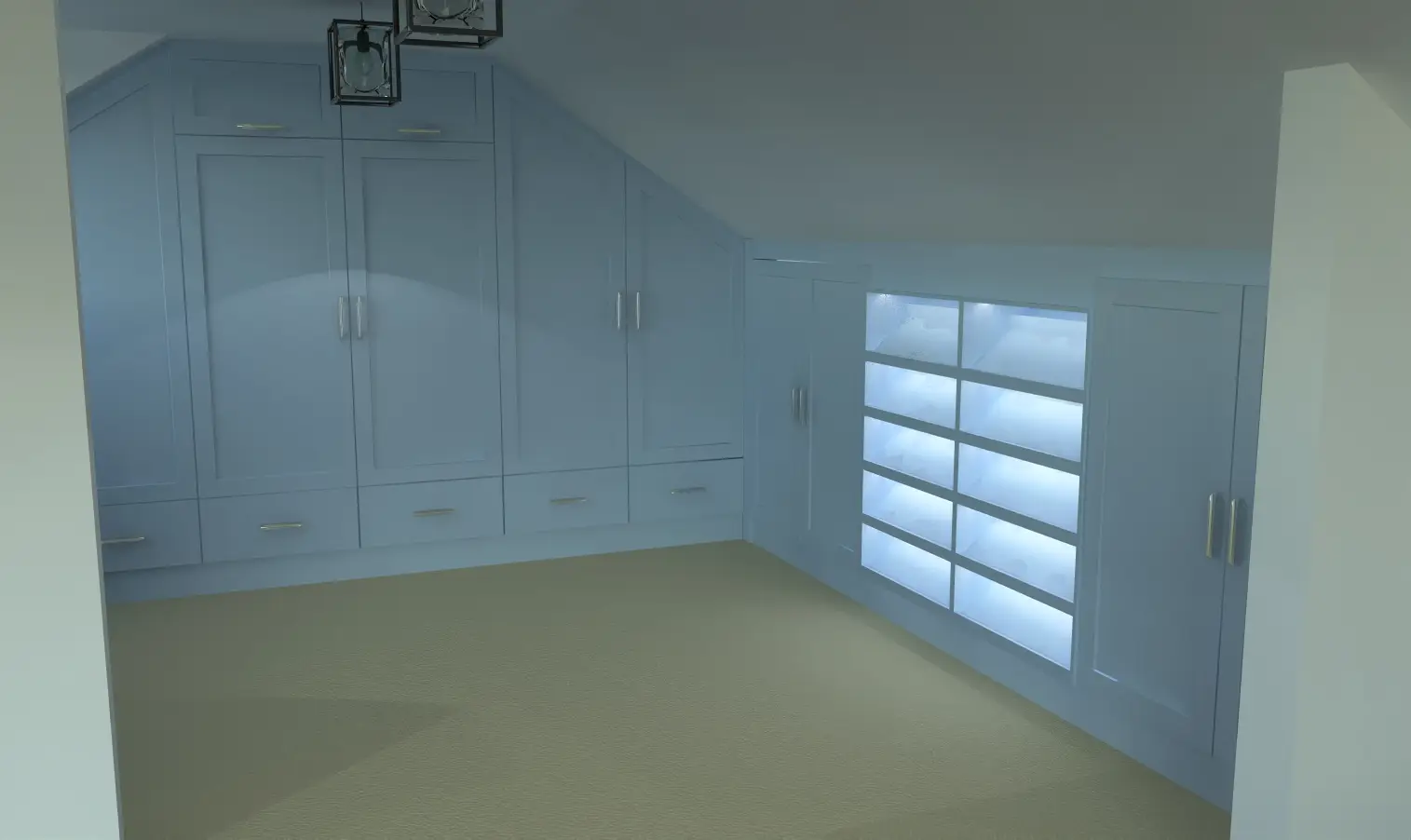
This rendering is a great reminder why changes need to be done prior to work starting. If the clients had proceeded with the cabinets from the initial drawings, they would have regretted not having wider cabinets and taller drawers. Designs evolve for a reason and are necessary for the most effective and impactful pieces.
Scawton Kitchens understands the importance of iterative design for all of our projects. We strive to provide you with your dream kitchen, custom cabinetry or bespoke furniture piece, and want you to get satisfaction from them each day. Our commitment to design evolution means that your ideas and vision are implemented into your designs at each stage of the process. Our work is crafted for life, and we want to make sure your design captures all of your needs.


